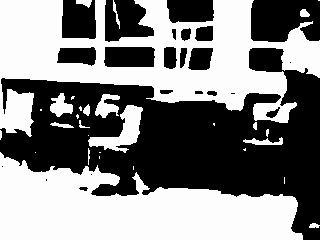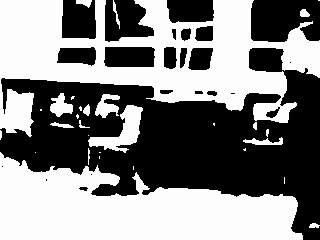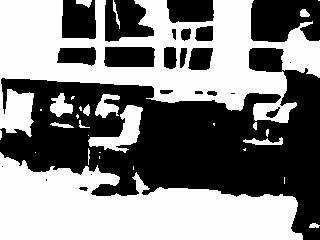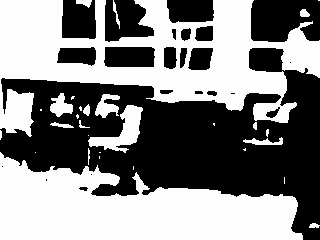Protest / revolutionary / folk song across Africa and its diaspora carry intonation of hope, accusation, and the memorialisation of Black bodies. This tradition often scores a history of, yes enacted violences against Black bodies, but also triumphs and joy. Folk music can become a living archive of activism and instructional voicing. Meaning that through its performance instruction is given for the progression of movements by Black persons.
In this set we explore the way archives have contributed to contemporary ways of thinking, feeling and being. Dr Kholeka Shange sites the joy of movement. In Our Bodies Back a team of performers choreographers and musicians consider this as a site of protest and catharsis. Tshepang Ramoba uses his music as a contemporary reimagining of indigenous knowledge.
TSHEPANG RAMOBA IN CONVERSATION WITH DR KHOLEKA SHANGE
Earlier this in 2022 Kholeka and Tshepang met to discuss the high points of his musical career, and the particular ways he has moved to enact heretically within Pedi folk culture.
The two shared ideas about gender roles, traditional ideology, and knowledge production. The set up of this discussion disputes the conventional notion of who is an academic. While Kholeka holds a PhD in Art History and currently lectures at Wits University, Tshepang is an expert in indigenous storytelling and explores creative and subversive ways to expand this knowledge through music.
Listening to Bana Baka, and other songs
We met to listen to a selection of songs from Tshepang Ramoba’s discography. The selection begins to frame an archive and history of knowledge and storytelling through Sepedi folk music. Following this session, Letlhogonolo Moletsane, Graphic Designer and Research Assistant in VIAD, shared with us a nuanced understanding of the metaphor of the giant in Setswana and Sepedi folklore, tradition, and religion. This metaphor contrasts starkly with the hegemonic western giant.
The curatorial team listen to selected music by Tshepang Ramoba and BLK JKS.
Postscript by Letlhogonolo Moletsane
Pina e (Tselane ngwanaka) e na le dingwaga dile dintsi e binwa. Gantsi pina e e opelwa ke bana ba dingwaga tsedi kafa gat lase ga 15. Mme morago ga dingwaga dile mmalwa ke fa e fetolwa motshwameko.
Dimo ke tlhagiso ya badimo bao ba galifileng bamo naaneng ba tlhagiswang jaaka Mogologolo yoo neng e se seelele go amogela phafana/bojwala boemong jwa botshelo jwaga tselane.
Bojalwa jwa setso eleng “umqomboti” ke seno se ka nako ya maloba seneng se ratwa ebile sekase tlhokege gantsi kwa medirong/ meketeng. Lebaka ele go itumedisa ba agi ka lona, le go laletsa badimo motirong, go tlisa Tshegofatso mo lapeng, go kopa go bontshiwa tsela le kutlwano mo lapeng.
Ka nako ya fa mmaago Tselane amo neela phafana ko go Dimo fa a ne a itse gore ngwana wa gagwe o moteng ga kgetsi ya ga Dimo. Maikaelelo a gagwe ene e le go dira gore Dimo a dumele go golola ngwana wa gagwe. Leano la ga maagwe tselane le ile la bereka. Kwa bofelong Dimo o ile a amogela phafana jaaka setswa setlhabelo sa kgotso gotswa go maago Tselane.












